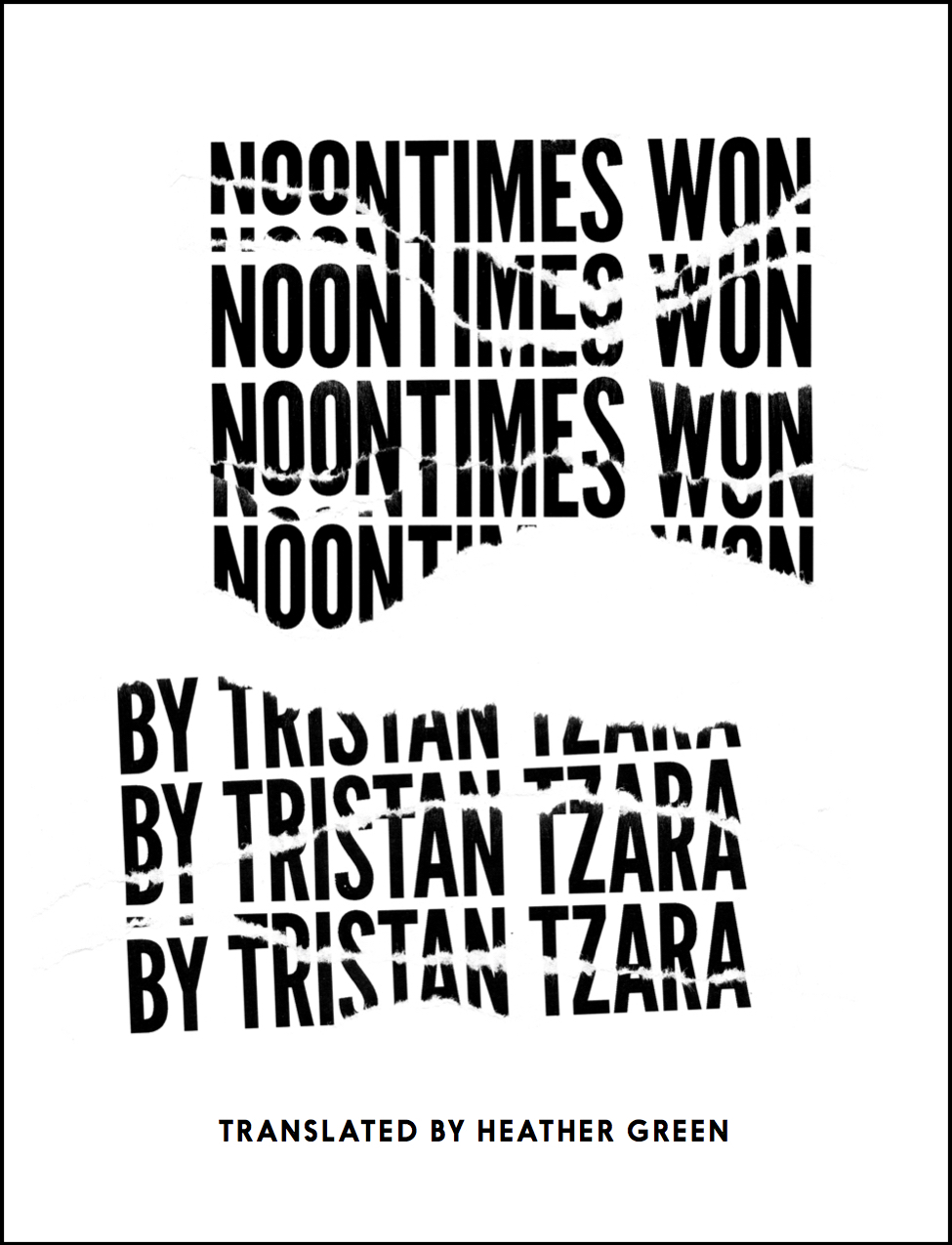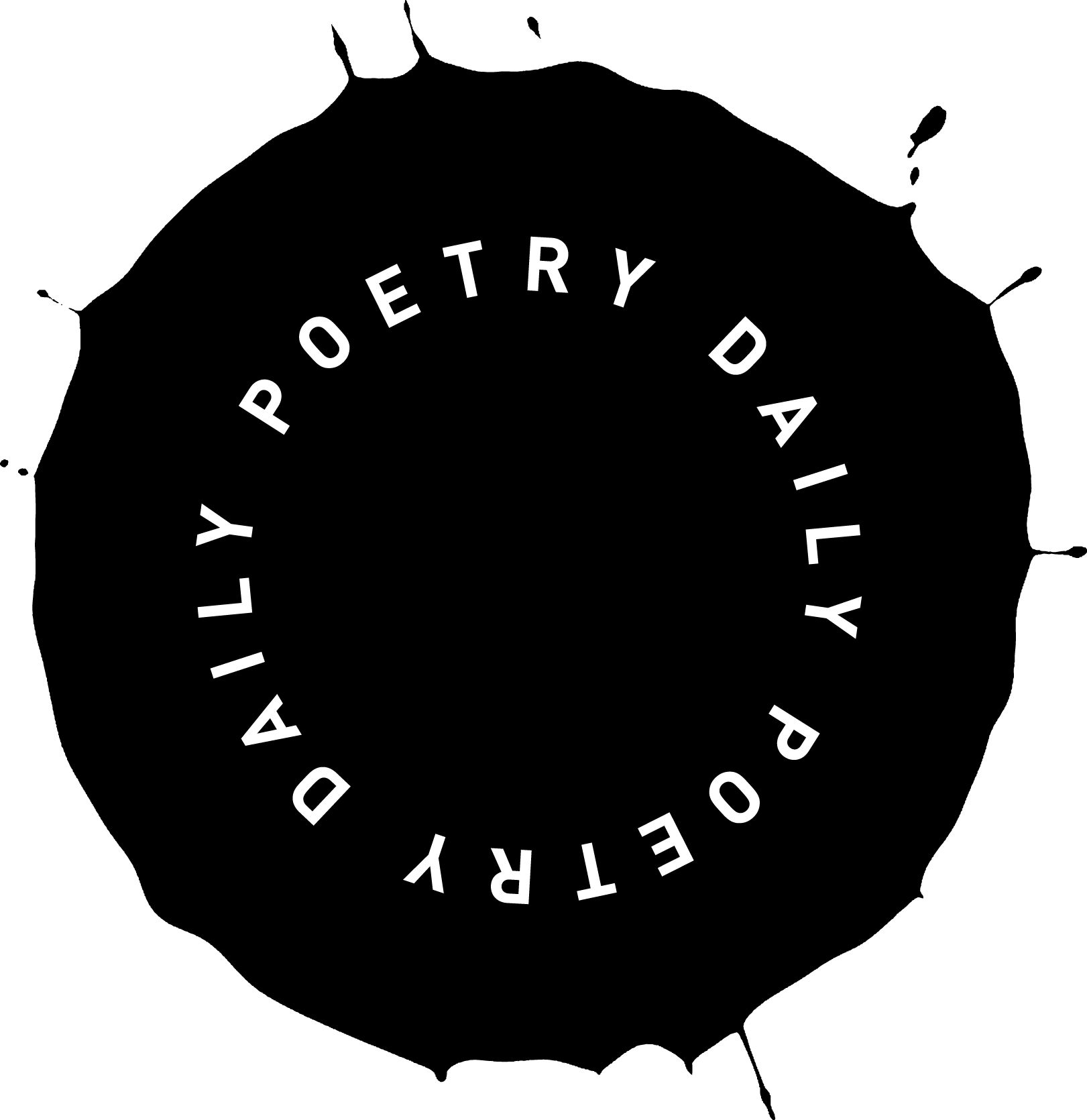Speaking Truth and Nonsense
I’ll speak nonsense. You speak truth. We’ll see what comes of it.
—Peter Streckfus, “After Words”
When I asked Peter Streckfus about the above line from his poem “After Words,” a line that made me think of my experience of translating Tristan Tzara’s poetry, I found out it was inspired by the subtitles in a scene from Ran, Akira Kurosawa’s film adaptation of King Lear. That is to say, it is an adaptation of a translation of an adaptation of a translation. In both the film and the play, the fool speaks truth, the king speaks nonsense. Could it be that Tzara speaks nonsense, and I write, as best I can, the truth of it, in English? No. That’s not it.
Tristan Tzara’s early Dada poetry often traded sense for sound. His “How to Write a Dada Poem” (see prompt below)—which describes the process of cutting up a news article, pulling the words out of a bag, then placing them in their new order to make a poem that will “resemble you”—is one of his most well-known works. In “A Note on Poetry,” from his Lampisteries, written during the Dada period and translated here by Barbara Wright, Tzara writes: “Logic no longer guides us, and though it is convenient to have dealings with, it has become impotent, a deceptive glimmer, sowing henceforth a light that has failed forever. Other creative powers, flamboyant, indefinable and gigantic, are shouting their liberty on the mountains of crystal and prayer.”
Once the bellicose Dada years came to a close, Tzara began to agitate against chaos, rather than for it, as he worked in the anti-fascist cause, first in the Spanish Civil War, and then in the French Résistance. In the 1930s, he was affiliated with Surrealism for the first half of the decade, and in the second half, during which he wrote the poem featured here, he published writings on poetics in which he advanced his “surrational” theory, which advocated for a poetry that rises above, or sur, not the real but the rational. In place of narrative or a rhetoric that, as Wittgenstein might say, engages in “the language-game of communication,” we find in Tzara’s poetry a cascade of imagery, word-play, and sound-play, a vivid imagined landscape teeming with activity—animal, including human, machine, and natural.
So “nonsense” would be the wrong term for Tzara, the “surrational” poet. In “Villians,” anaphora (“let hunger cross its horrible wings / let the tree choke on its cries”) mingles with tangles of negation (“and if something has not yet been said / it’s that the pain timer / flickers in spurts of light”), and paradoxes (“solitude how could I celebrate you) are juxtaposed with prophesy (“the first is ruin / the second is death / the second is the dead”) in a supercharged, glittering melancholy. This poetry doesn’t fail to communicate; it communicates on a level of extra-rational vision. As critic Stephen Forcer has written, in Modernist Song, his monograph on Tzara’s poetry:
Midis gagnés, or Noontimes Won, was written between 1936 and 1938, as Tzara traveled back and forth between Paris and Madrid, organizing writers and artists in an effort to draw support for the anti-fascist cause in the Spanish Civil War. At least one of the poems in this collection was originally written on the back of Tzara’s “safe passage” card. One was originally featured in an anthology, edited by Pablo Neruda and Nancy Cunard, published in support of the Spanish people. Others overtly reference the war: “Civil War Song” and “Spain 1936.” On July 14, 1937, in the communist periodical Regards, Tzara wrote:
Here, we see Tzara engaging language in another way, directly using the “language-game of communication,” in his role as reporter and activist, pleading for intervention. Midis was published in 1938, just two months after the cause was lost.
Tzara’s titles are often, more than any other place in his texts, rife with proliferating meanings. In this poem, the last in the collection Noontimes Won, the title is fairly straightforward, “Malfaiteurs,” which could, in English, be criminals, evil-doers, transgressors, or bad guys. Wrongdoers, culprits, or malefactors. I chose villains, finding “wrongdoers” somehow outdated and “malefactors” slightly obscure. But, today, having watched the rise to power of neo-fascist forces in our own country, I think the better translation would have been simply “criminals.”
Near the end of the poem, the speaker brings us to the “steps” and “markets” of a city, and then elaborates: “city—hardly village / village—no—a mind in the middle of the night / unleashing the terrible machines of the hunt.” I think that “mind,” or head, as I might have translated it, belongs to one of the malfaiteurs. The vision of the collective, the city, narrows first into a village and then into the head of one bad actor, one criminal, activating the machinery of war.
To return to the “creative powers” Tzara described earlier, the ones “shouting their liberty on mountains of crystal and prayer,” this same kind of energetic crystal vision seems to me to be required for translation. I try to develop a vision of the poem as a crystalline structure, to see the points, often images or nouns, in the structure, to see the energies, sometimes prepositional, sometimes sonic, sometimes emotional, that travel between and among these points in the text, and to consider the way the light of our attention might play on and activate the multifarious connections.
Of course, within each lexical point, or word, is another crystal: the etymology of that word, its sound, its many meanings, its homonyms and synonyms, and even our own individual memories and associations with that word. I envision translation as a deep analysis of the “original” crystal, and the creation of a new one, out of other words, each with a new attendant complex of potential linguistic connections, based on my individual understanding of both languages, based on research, but also based on my lived experience of the world and the words.
So, really, I don’t find that Tzara speaks nonsense, but instead creates a searching lyric poem, one which resists the default mode of the “rational,” and that I, in translating the work, must try to do the same. Banana Yoshimoto (translated by Charles Worthen) has written about the artist Yoshitomo Nara: “Like every cell in his body, each line Yoshitomo Nara draws contains all the data of his life.” In Tzara’s poetic lines, I find a similar quality, as if he somehow expresses his own humanity, his doubt, his convictions—both anti-capitalist and anti-fascist—in every facet of a poem.
An array of accomplished translators have brought Tzara’s writing into English, each adding something new to my understanding of his work, notably Mary Ann Caws, Lee Harwood, Pierre Joris, Jerome Rothenberg, and Barbara Wright. In my translation here, a kind of “shadow play” for “love,” I have tried, however imperfectly, to create new lyric structures, to allow Tzara’s poetry to reach new readers, readers who might, like me, find in them something essential.




